I need to detect all rectangles in image.
Here is my code:
Mat PolygonsDetection(Mat src)
{
Mat gray;
cvtColor(src, gray, CV_BGR2GRAY);
Mat bw;
Canny(src, bw, 50, 200, 3, true);
imshow("canny", bw);
morphologyEx(bw, bw, MORPH_CLOSE, cv::noArray(),cv::Point(-1,-1),1);
imshow("morph", bw);
vector<vector<Point>> countours;
findContours(bw.clone(), countours, CV_RETR_CCOMP, CV_CHAIN_APPROX_SIMPLE);
vector<Point> approx;
Mat dst = src.clone();
for(int i = 0; i < countours.size(); i++)
{
approxPolyDP(Mat(countours[i]), approx, arcLength(Mat(countours[i]), true) * 0.01, true);
if (approx.size() >= 4 && (approx.size() <= 6))
{
int vtc = approx.size();
vector<double> cos;
for(int j = 2; j < vtc + 1; j++)
cos.push_back(Angle(approx[j%vtc], approx[j-2], approx[j-1]));
sort(cos.begin(), cos.end());
double mincos = cos.front();
double maxcos = cos.back();
if (vtc == 4)// && mincos >= -0.5 && maxcos <= 0.5)
{
Rect r = boundingRect(countours[i]);
double ratio = abs(1 - (double)r.width / r.height);
line(dst, approx.at(0), approx.at(1), cvScalar(0,0,255),4);
line(dst, approx.at(1), approx.at(2), cvScalar(0,0,255),4);
line(dst, approx.at(2), approx.at(3), cvScalar(0,0,255),4);
line(dst, approx.at(3), approx.at(0), cvScalar(0,0,255),4);
SetLabel(dst, "RECT", countours[i]);
}
}
}
return dst;
}
Here is my output:

Instead 17 rectangles(16 little and 1 big) I got only 12 rectangles. I'm new in opencv, maybe I pass wrong parameters to Canny function and morphologyEx... So, my questions: What's wrong I do? How do I repair it?